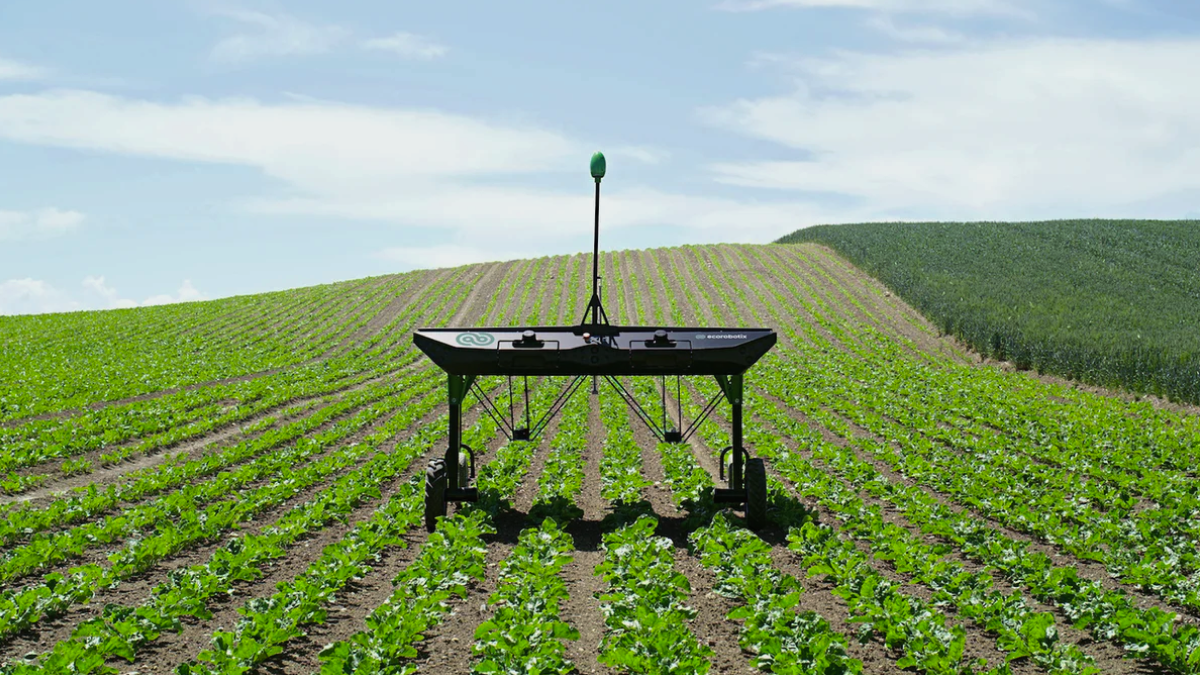AI is Taking Farmerming to a Whole New Level
AI can assist decision-makers in agriculture to enhance output while reducing waste in the face of rising expenses. Farmers around the world are realizing the potential AI has to offer their businesses and are starting to implement it in their daily operations. In this article, we will take a look at some of the ways AI can help farmers improve efficiency and the data annotation required to train these AI technologies.
Removing Weeds From the Ground

Why pull your weeds out of the ground by hand when you can have them zapped with pinpoint precision by a laser-wielding robot? AI-powered weed-removing robots use high-resolution cameras and computer vision software to tell weeds from crops and then use lasers to remove them. While removing weeds may seem like a trivial task, it is actually very important because plants and weeds fight for soil nutrients, sunlight, and available space. Weed control is a significant concern for farmers since it can also make it simpler for insect pests to harm crops.
This is a much better alternative to chemical-based herbicides because the latter can get rid of troublesome plants, but they can also pollute the water and harm the soil. While it is possible to remove weeds by hand, labor shortages in the agricultural sector are already a major issue.
AI-Powered Drones

Drones in agriculture have become a powerful tool for monitoring crops and livestock by delivering more expansive and higher-resolution imagery and enabling more detailed data gathering. Plant health monitoring is one of the best instances of successful drone use in agriculture. A farmer’s crops must be in good health if they are to provide the best yields. There are many different situations that can have a negative impact on crop productivity. Pathogens, fungi, and insects can harm crops. The production of a plant is also impacted by improper amounts of nitrates and carbon in the soil. Even an otherwise fertile field can give subpar results if the water levels are not adequate.
Using a mix of computer vision cameras, thermal imaging, and multi-spectral photography, AI-powered drones are capable of carrying out all the aforementioned duties in real-time. With the right tools, a drone pilot may fly over a field and give the farmer a comprehensive report that includes information on anything from plant counts to health problems. Drones deliver precise data in real time so farmers may take rapid action. They represent a truly disruptive technology that will fundamentally alter precision agriculture as we currently practice it.
Sorting Defective Fruits From Ripe Ones
After the fruits have been picked from the trees, they must be sorted out of defective items, graded into categories depending on quality, distributed into bins, and transported in bins to field collection stations during on-farm sorting and transportation. Artificial intelligence (AI) advancements can considerably lower postharvest losses while accelerating on-farm sorting and transportation with high accuracy and resilience.
On-farm sorting tasks can be addressed by using computer vision for things like maturity evaluation, quality identification, injury detection, and decay and disease detection for fruits such as apples, mangoes, coconuts, blueberries, etc. Having said this, a lot of data annotation will need to be done to help the system overcome challenges such as visual variability, inaccuracy, and fatigue in quality grading.
What Types of Data Annotation are Needed to Train These AI Technologies?

The farming technology we talked about relies on computer vision, which enables AI systems to identify and understand objects and people in images and videos. However, computer vision systems need to be trained with data annotation methods like image classification, which enables machines to object in images and across an entire dataset. The classifier is trained on a labeled dataset, learning to classify new unseen images into the same set of labels.
More advanced types of annotation, like semantic segmentation, are also needed, which categorizes each pixel in an image into a class or object. The goal is to produce a dense pixel-wise segmentation map of an image, where each pixel is assigned to a specific class or object. Panoptic segmentation may also be necessary, which uses semantic segmentation to produce data labeled for background and instance segmentation to label the objects in the image.
Trust Mindy Support With All of Your Data Annotation Needs
Mindy Support is a global provider of data annotation services and is trusted by Fortune 500 and GAFAM companies. With more than ten years of experience under our belt and offices and representatives in Cyprus, Poland, Romania, The Netherlands, India, OAE, and Ukraine, Mindy Support’s team now stands strong with 2000+ professionals helping companies with their most advanced data annotation challenges.





